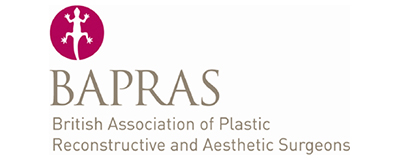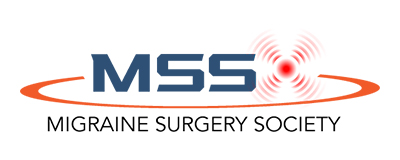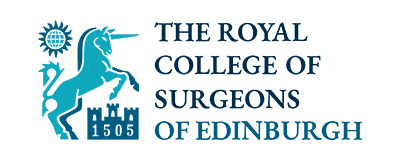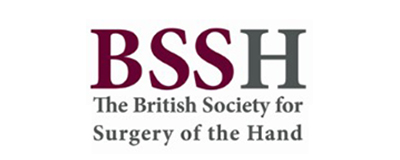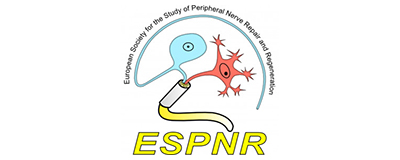What are the reasons for persistent symptoms after carpal and cubital tunnel release?
Carpal and cubital tunnel release operations have a great success rate and usually bring about resolution of symptoms in most of the patients. In a small minority of patients, however, there is persistent pain after the surgery or recurrence of the symptoms after initial relief. This is a challenging situation to deal with, as there are a multitude of possible causes to be identified and addressed. Many patients will need further tests and investigations, and possibly further treatment.
The best way to discuss the possible reasons for persistence or recurrence of symptoms is to divide them based on the effect that the initial surgery had. The information below is not meant to serve to self-diagnose but to demonstrate the complexity of the problem.
A) Symptoms got worse after the initial operation
There may be more pain and worsening of the symptoms when comparing with the time before the surgery. Additionally, there may be a new onset of numbness and muscle weakness in the hand and, in case of cubital tunnel syndrome, in the forearm as well.
Possible explanations for this are:
- nerve damage during the procedure, which may be complete or partial
- incomplete release of the compressed nerve where a swelling after the operation makes the compression problem worse
- collection of blood or tissue fluid in the wound
These are likely to need further surgery.
B) Initial operation did not bring any improvement in symptoms
1) Incomplete release of the compressed nerve during the surgery
2) Incomplete initial diagnosis
- occasionally it happens that the nerve treated has additional site of compression to the one where the surgery was carried out. In this case the initial surgery may not have any benefit or may provide only partial resolution of symptoms. For both median nerve (carpal tunnel) and ulnar nerve (cubital tunnel) there are other sites where the nerves can get compressed on their way from the spinal cord in the neck, all the way down to the hand
- there may be additional factors compressing the nerve – tumours, abnormal anatomical structures, abnormal tissues (such as in rheumatoid arthritis or amyloidosis patients)
3) Incorrect initial diagnosis
A rare situation where there is another condition affecting function of the nerves that is mimicking signs of carpal or cubital tunnel syndrome.
All of the above situations are likely to need further investigations and possibly further treatment.
C) Initial operation brought temporary relieve but the symptoms since recurred
This is called the recurrent carpal or cubital tunnel syndrome and is likely to be due to reforming of the structures which were released or due to encasing of the nerve by scarring.
Depending on the case, a conservative therapy with targeted physiotherapy or further surgical treatment may be needed here.
Discussion with Mr Tomas Madura is important to answer any questions that you may have. Please contact us for more information about any specific conditions not featured on the website.

